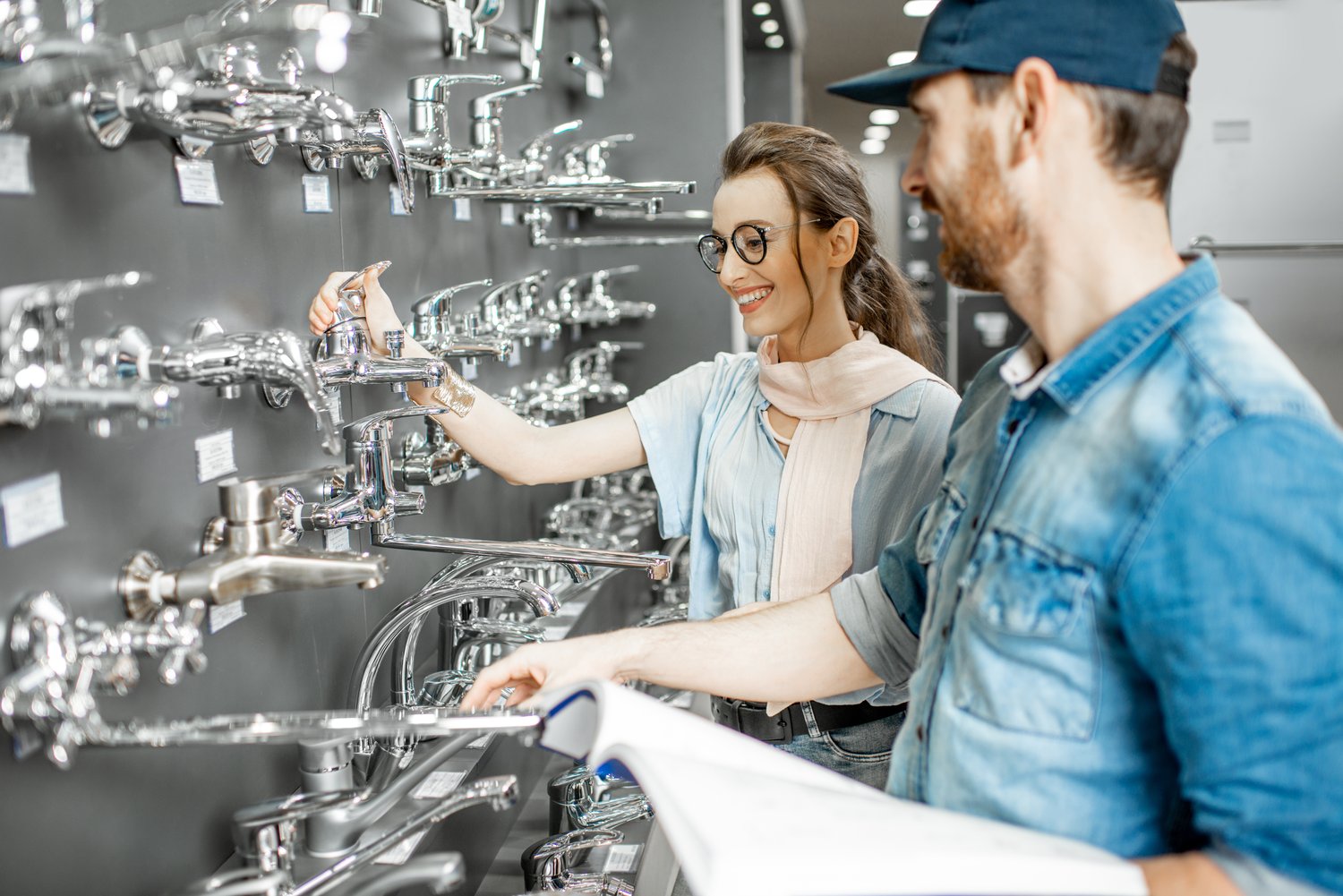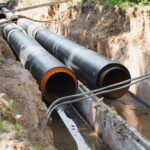Ensuring a clean and safe kitchen environment goes beyond just maintaining hygiene practices; it’s about preventing the invisible threats that can compromise your water systems. Plumbing air gaps are a critical solution in the fight against cross-contamination—a subtle, yet imperative aspect of commercial kitchen safety. Explore why these devices are indispensable and how they can protect your establishment’s reputation and your patrons’ health.
- Plumbing air gaps act as a barrier, safeguarding your water system from potential contaminants by preventing backflow.
- The installation process of a plumbing air gap requires proper sizing and positioning for optimal effectiveness.
- Routine maintenance is key to prolonging the functionality of your air gaps, ensuring consistent protection against contamination risks.
In this article, you’ll learn the comprehensive strategies for installing and maintaining plumbing air gaps, empowering you to achieve a secure and hygienic kitchen environment. Boost your operational efficiency and uphold high safety standards by mastering these essential practices.
Understanding Plumbing Air Gaps: Essential for Cross-Contamination Risk Prevention
Plumbing air gaps are an integral element in safeguarding water systems from harmful contaminants. These devices act as a physical barrier, effectively preventing the backflow of wastewater into the clean water supply, a common cause of cross-contamination.
By ensuring a reliable separation between the potable water and the drainage or wastewater systems, plumbing air gaps maintain the integrity of your kitchen environment. This is particularly crucial in commercial kitchens where hygiene and food safety are top priorities.
Air gaps work by creating an unobstructed space between an outlet, like a faucet or appliance discharge tube, and a drain opening in a fixture. It’s a simple yet highly effective method that aligns with most health and safety standards.
Understanding how plumbing air gaps function can significantly contribute to maintaining a sanitary workspace. They not only help in complying with public health regulations but also protect against potential liability issues stemming from water contamination. Therefore, integrating them into your kitchen setup is a proactive measure in ensuring food safety and customer protection.
Proper Methods for Installing a Plumbing Air Gap
Installing a plumbing air gap correctly is essential to protect your water systems from contamination. A fundamental aspect of this process involves verifying the air gap’s size and positioning it accurately above fixtures like sinks or dishwashers.
The installation begins with selecting an appropriately sized air gap unit tailored to your kitchen’s fixtures. This choice will ensure the gap effectively prevents siphoning while maintaining optimal water flow.
Next, the positioning of the air gap must be carefully considered. It should be installed higher than the flood level of the fixture to avert any potential reverse flow of contaminated water. Additionally, the air gap must be seamlessly connected between the appliance’s drain outlet and the sewer system, ensuring an unobstructed pathway for wastewater.
Precision during installation cannot be overstated. Misalignment or improper gauging can compromise the system’s functionality, leaving your kitchen vulnerable to contamination risks. By following these steps meticulously, you can bolster your establishment’s defenses against backflow, maintaining a hygienic and compliant kitchen environment.
Importance of Maintaining Your Plumbing Air Gap to Prevent Cross-Contamination
Routine maintenance of plumbing air gaps is imperative to ensure they continue to provide effective protection against cross-contamination. A properly maintained air gap is key to safeguarding your kitchen from potential backflow issues that could jeopardize water quality. By actively monitoring and maintaining your air gap system, you ensure hygiene remains a top priority.
Regular inspections are vital. Checking for blockages, wear, or damage can help you identify and resolve issues before they turn into major problems. This proactive approach not only prolongs the life of your plumbing air gap but also reinforces its ability to keep contaminants out of your clean water supply.
Timely interventions are essential to maintaining system efficiency. Addressing minor repairs promptly can prevent larger, more costly issues in the future. Keeping a routine schedule for inspection and maintenance can avert potential contamination risks, ensuring your kitchen remains a safe environment for food preparation.
Maintaining a plumbing air gap is about more than compliance; it’s about protecting your business and your customers. By prioritizing regular maintenance, you’re investing in the long-term safety and hygiene of your establishment.
Frequently Asked Questions about Plumbing Air Gaps
What is a plumbing air gap?
A plumbing air gap is a physical separation between a water outlet and the highest level of the wastewater it could contact, preventing contamination of the clean water supply.
Why are plumbing air gaps important in commercial kitchens?
They prevent backflow, ensuring that contaminated water does not mix with the clean water supply, thus maintaining hygiene and complying with health regulations.
How do I install a plumbing air gap?
Ensure it is placed above the sink or dishwasher, correctly sized, and positioned to prevent backflow according to installation guidelines.
How often should I inspect my plumbing air gap?
Regular inspections are essential. Check the air gap every few months to ensure it’s free from obstructions and functioning properly.
Can I maintain a plumbing air gap myself?
Yes, basic maintenance like checking for blockages and ensuring the air gap is intact can be done without professional help. However, complex issues should be handled by a professional.





